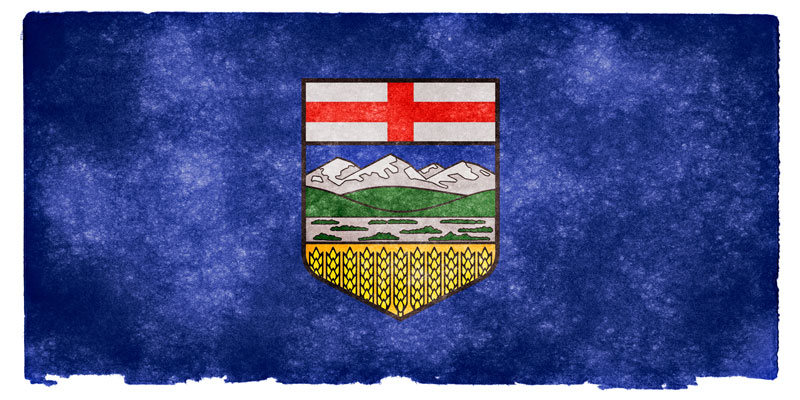New report paints gloomy picture of Alberta’s fiscal future—absent policy change

Recently, the federal government’s Parliamentary Budget Officer (PBO) released a new long-term forecast on the fiscal sustainability of governments across Canada. Like so many recent studies, the report included bad news about the health of Alberta’s finances.
Specifically, the PBO report determined that Alberta’s finances are unsustainable—that under the policy status quo, the province’s debt load relative to the size of its economy will continue to grow in the future.
More specifically, the PBO estimates that to achieve fiscal sustainability without tax increases, Alberta would need to reduce provincial government spending by 3.1 per cent of the province’s GDP.
This would represent a sizeable spending reduction. In 2019/20, provincial government spending in Alberta was 17.1 per cent of GDP. A 3.1 per cent reduction would reduce spending to 14 per cent of GDP, a decline of 18.1 per cent.
Indeed, to achieve this goal over the next few years would require spending reductions comparable in scale to the Klein government reforms during the 1990s. Simply put, unless Albertans are prepared to see taxes increase, it will take more than a nip and tuck around the edges of government spending to restore the province to fiscal sustainability. In fact, it will require substantial spending reductions in most major areas of government.
The report also presents a sobering view of how Alberta’s finances will deteriorate under the policy status quo, based on current projections. Alberta, which was “debt free” as recently as 2015-16, no longer has the healthiest balance sheet in the country, as its debt levels have quickly caught up to British Columbia and Saskatchewan.
Furthermore, the PBO’s long-term forecasts show that without policy changes, Alberta may in the years ahead catch up to other provinces that have historically carried large debt burdens. By 2045, the PBO forecasts Alberta will have more debt (relative to the size of its economy) than Ontario, Quebec, Nova Scotia and Prince Edward Island.
Of course, forecasts that go almost 25 years into the future inherently have a large margin for error. Any number of possible events could cause Alberta’s finances to improve or deteriorate. Nevertheless, the PBO report shows that under a set of reasonable assumptions—and without policy change—Alberta could become one of the most indebted provinces in Canada.
Finally (and crucially), the PBO’s report assumes no policy changes. In other words, every jurisdiction has the potential to either improve or harm its financial prospects depending on the fiscal policy decisions policymakers make. The PBO presents a gloomy vision of Alberta’s fiscal future, but it is not preordained to become reality. If Albertans and their government policymakers act now and develop a plan to return to budget balance and bring the province to fiscal sustainability, they can avoid the rapid run-up in debt forecasted by the PBO and put the province on sound fiscal footing for the benefit of future generations of Albertans.
Author:
Subscribe to the Fraser Institute
Get the latest news from the Fraser Institute on the latest research studies, news and events.

